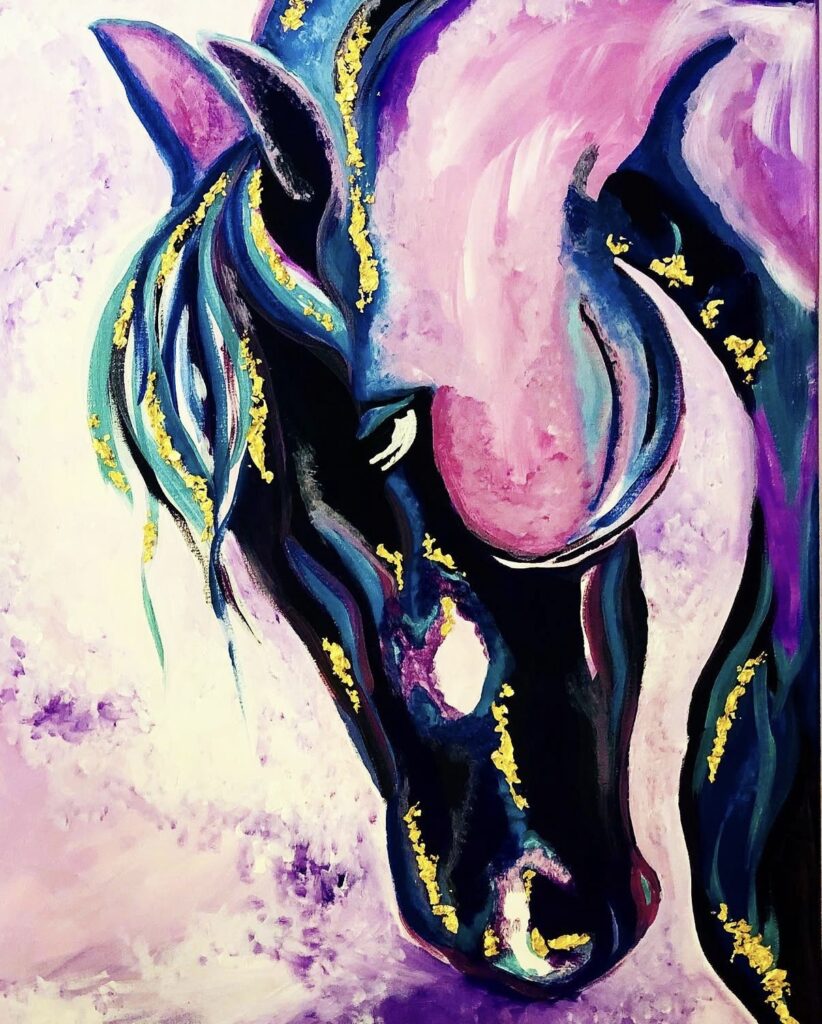The Things We Leave Behind: From Heirlooms to Hashtags

By: Samantha Page
Close your eyes and picture your home. Are there things within it that have been passed down through generations—objects that carry stories, scars, and sentiment? Maybe a great-grandfather’s pocket watch, your grandmother’s hand-sewn quilt, or the dining table that hosted decades of family gatherings. Or perhaps not. Maybe your home is filled with sleek, new items bought to match a certain theme, trend, or aesthetic. Things easily found at big-box stores, ordered online, or delivered next day.
This isn’t meant as judgment, but as a genuine invitation to pause and ask: When did our culture shift from cherishing quality to chasing quantity? From holding on to what matters to constantly replacing what’s just… fine?
We live in an age of fast fashion and even faster consumption. Every season brings a new trend, new colors, silhouettes, influencers telling you what’s in and what’s out. TikTok, Instagram, YouTube, all saturated with “haul” videos and #musthaves. The dopamine hit of buying something new is just a swipe away. Algorithms know our desires before we do, constantly nudging us toward the next big thing.
In this era of instant gratification, permanence feels almost outdated. Furniture is rarely bought to last a lifetime. Clothing is often worn a handful of times, if that, before being discarded. Even sentimental objects are often replaced by newer, trendier versions. It begs the question: what are we choosing to make meaningful? And what, if anything, are we planning to leave behind?
Heirlooms weren’t just beautiful, they were built to last. They were made from solid wood, real metals, meaningful effort, and intentional craftsmanship. But more than anything, they were cherished. They represented a kind of slowness, a connection to the past and a responsibility to the future. We didn’t just inherit things; we inherited stories.
And I’ll be the first to admit, I am not a perfect consumer. I’ve absolutely fallen into the traps of must-haves, the allure of a good sale, the thrill of an impulsive purchase just to feel caught up or “in.” But alongside those fleeting buys, I’ve also made space for items that I’ve intentionally collected. Pieces I hope one day will live on in my children’s or grandchildren’s homes. Like the painting of a horse gifted to me by a dear friend, brushstrokes full of love and memory. A solid wood coffee table chest crafted in the souk of Bahrain, with our family name engraved on the inside. Jewelry collected from all over the world, each piece a memory, a place, a part of who I was at the time. And someday, a ring set made with my birthstone and my children’s, designed to be taken apart and passed down. One for each of them.
These pieces matter to me. They tell stories. They root me.
So what happened to us as a culture? The answer is layered: globalization made things cheaper and faster. Marketing made desire constant. Social media made comparison inescapable. And somewhere along the way, our relationship with stuff changed. Things became disposable. Timelessness became boring. We started chasing the new instead of honoring the lasting.
But it’s not too late to rethink this. What if we started investing in items that matter? Things we intend to pass on, not just toss out. What if we considered our environmental footprint every time we filled our carts? What if we slowed down, even just a little?
Here’s a call to action: Shop meaningfully. Choose quality over quantity. And when possible, seek out secondhand treasures. Visit resale shops, antique markets, estate sales. Reinvest in pieces that were built with care, furniture with a past, jewelry with a story, books that have passed through many hands. Give a home to an heirloom that was once cherished. Let your living space reflect more than a fleeting trend…let it tell a story.
The next time you buy something, ask yourself: is this something I’ll want to hand down, or something I’ll have to throw away?